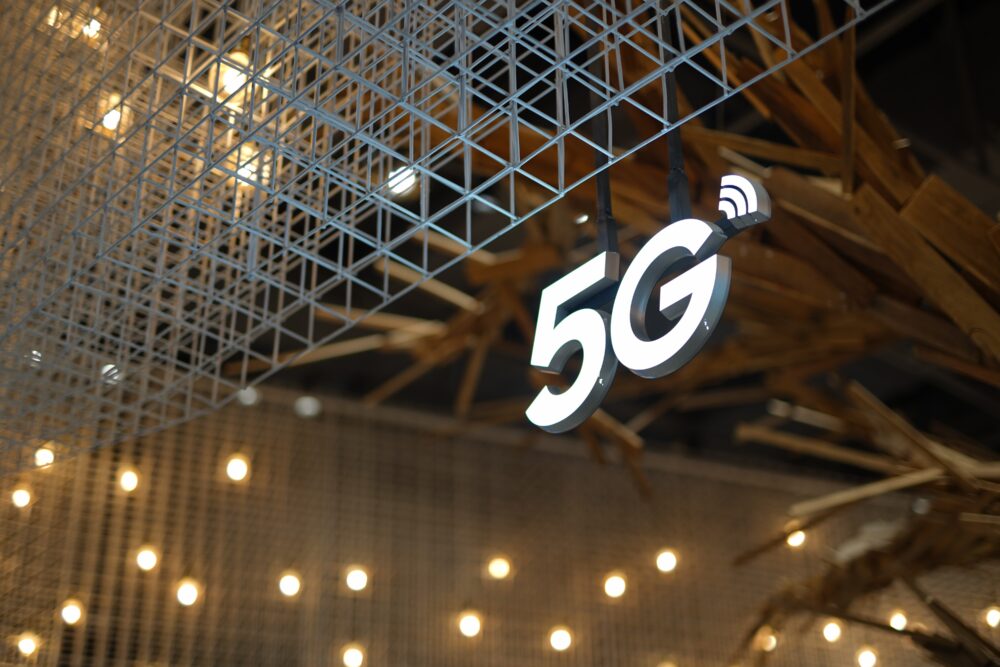Written by Alexander Schebler, VP Carrier Relations, EMnify
Industry 4.0 is nothing without connectivity. Secure wireless communications enable factory automation, large-scale production and improved safety. And with 5G’s wide range of deployment possibilities, the one-size-fits-all approach of 2G, 3G and 4G is no longer practical.
As a result, connectivity service providers (CSPs) must tailor their network offerings to the precise requirements of each situation. This is made possible by using 5G’s three different network service categories, known as service grades.
In this article, Alexander Schebler explores the technicalities of 5G service grades, how they’ve been categorised and why they matter to industry. But to understand these service grades, we first need to understand the wireless spectrum.
The wireless spectrum explored
In a similar way to how data can be transmitted over wires, it can also be transmitted over frequencies in the electromagnetic spectrum. The radio spectrum Is the specific range of frequencies used for this. It allows transmission of everything from radio and television broadcasts, Wi-Fi and mobile phones, to communications systems for asset tracking, emergency services, radar and GPS.
An overview of 5G Spectrum
Existing radio spectrum technologies rely on a relatively small frequency range, to avoid interference. 5G is different. It’s reliant on all the different portions of the spectrum to support a wide range of usage scenarios and applications.
By using a mix of low, mid and high frequency bands, operators can tweak the speed, latency and range of network coverage.
Low-band
Low-band spectrum is defined as any spectrum with a frequency below 1GHz. With longer wavelengths, these signals can penetrate buildings, trees and other physical structures. They are also less susceptible to reflection and can bend around solid obstructions. As a result, low bands have much greater range than higher bands in the spectrum.
A low-band spectrum will enable operators to provide a broad range of coverage. However, it will also mean that 5G network speed and latency will only be incrementally better than 4G.
Mid-band
Mid-band spectrum, between 1GHz and 6 GHz, is best suited to 5G ultra-reliable low latency communication (URLLC) and enhanced mobile broadband (eMBB) use cases. With longer range and better indoor coverage than the high-band spectrum, the mid-band is a great compromise between latency, coverage, throughput and capacity.
High-band
High-band millimetre wave spectrum (mmWave), is best suited to enhanced mobile broadband (eMBB) services.
According to GSMA, the peak download speed will be at least 20Gbps, and a reliable 100Mbps in densely urban areas. However, mmWave is limited because signals travel less than a mile in many cases. It is also highly susceptible to interference from trees, buildings and even glass. But its advantage is that it will allow speeds up to 100 times faster than 4G.
The 5G service grades
By using a mix of low, mid and high frequency bands, 5G can be delivered through three different service grades. This allows the technology to serve a wide range of potential use cases. The grades are:
- Massive Machine Type Communication (mMTC)
- Ultra-Reliable and Low Latency Communications (URLLC)
- Enhance Mobile Broadband (eMBB)
Massive Machine Type Communication
mMTC allows up to one million devices per square kilometre, which is ten times the maximum possible on LTE. It provides connectivity to a large number of devices that transmit and receive small amounts of data infrequently, such as sensors.
This category enables the use of the wireless network for massive Internet of Things (IoT) and machine-to-machine (M2M) applications without imposing burdens on other classes of services.
Ultra-reliable and Low Latency Communications
With 1ms end-to-end latency, URLLC’s ultra-low latency and high reliability optimises the network to process large amounts of data at speed. This will benefit the evolution of intelligent transportation systems, allowing vehicle-to-vehicle communications, and paving the way for connected, autonomous cars and trucks.
Enhanced Mobile Broadband
Wireless operators anticipate eMBB as the primary use case for 5G in its early deployment. This category aims to offer high-speed mobile broadband to densely populated locations. With a peak downlink data rate of 20Gbit/s and uplink of 10Gbit/s, it will allow consumers to enjoy high-speed, on-demand streaming at home and on mobile devices. It will also allow enterprise workplace collaboration to evolve.
A 5G future
5G does so much more than just meet the evolving mobile needs of consumers. It can transform industry verticals. It provides high flexibility and agility, allowing networks to offer customizable services to meet different customer requirements. Moving forward, operators around the world will use a mix of low, mid and high band spectrums to cater for all types of customer demands. There’s no doubt that the future for industry is 5G.
About Alexander Schebler
As co-founder and VP of carrier relations/roaming, Alex manages EMnify’s global connectivity and capacity. With 15 years in enterprise sales and capacity procurement, he and his team deliver IoT access agreements for the latest cellular network tech to enable high-quality, resilient global connectivity.


